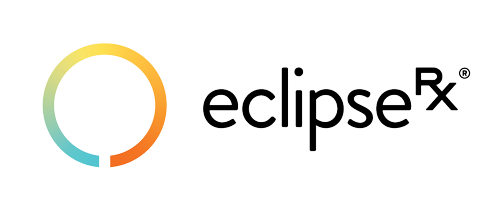High Elevation Vacations Offer Fun, Excitement, Peaceful Getaways and Adventures!
Many people enjoy skiing, snowboarding, hiking, rock climbing or going on a family outing or camping trip. There is so much to see, do and expericence.
Unfortunately, people do not consider the increased risk of harmful UV sun exposure. This is due to the decreased level of ozone protection from being in the higher elevations. A case study conducted based on high elevation explains that for every 1,000 feet of elevation you climb, you’ll experience an 8-10 percent increase in ultraviolet intensity. If you are hiking at an elevation of just over 6,000 feet, you’re exposed to 60 percent more sun UV rays than you would be if you were at the same latitude at sea level1. A UV index of 3 or higher can cause someone with fair skin to burn.
CLICK HERE to find out your skin type.

People have a higher risk of sun damage when they are out in the snow. Not only is there extra UV exposure, but if a person’s eyes are not protected, they are at risk of photokeratitis, or an eye sunburn. Snow reflects the sun rays back up like water in a pool, lake, river, or in the ocean.
“A sunburn is the last thing you want on your family vacation.”
When someone is at the ocean or the lake, they usually apply sunscreen and wear sunglasses to protect their eyes from sunburn. In higher elevation, there is a false sense of protection. People tend to believe they are less likely to get a burn or skin damage caused by UVA/UVB rays during the winter months. But people are at a higher risk since most often people use less or no sunscreen or eye protection while they are outside due to the higher elevation.
Here Are Some Easy Ways to Protect Your Skin from Overexposure to the Suns’ UVA/UVB Rays at Higher Elevations:
1) Wear an adequate level of sunscreen. A broad-Spectrum SPF Sunscreen will protect the skin from the even more harmful and cancer-causing long wave UVA (Ultraviolet A) sun rays, which penetrate deep into the skins thickest layer. Broad-spectrum sunscreens are labeled as Broad-Spectrum protection, Multi-Spectrum or UVA/UVB Protection2. It is recommended that everyone use a broad-spectrum SPF of at least 30 to protect their skin from sun damage, premature aging and possible skin cancer.
2) Wear sunglasses that protect the eyes from both UVA/UVB rays. Snow goggles typically come with UVA/UVB protection, but on warmer days, some snow goers toss the goggles for regular sunglasses.
3) Wear treated clothing with UPF (Ultraviolet Protection Factor) or treat your clothes using a laundry additive such as SunGuard® with UPF 30.
4) Before you travel, check the UV levels at your destination. The EPA (United States Environmental Protection Agency) has many resources available to the public about UV levels based on zip codes.
5) Wear the BurŪV Fitness Tracker for Your Skin, a personal UV sun monitoring Apple Watch wristband from Eclipse Rx. BurŪV will track your UV exposure and provide alerts when sunscreen needs to be reapplied or shade is recommended.

Find Out What the UV Index is in Your Area
The EPA sponsors a helpful tool below that can provide your with information about the UV index in your area. Enter your location information below (i.e., zip code, city, state), then click the green search icon. You will be redirected to the EPA’s web site where the UV index information for your area will be displayed for you.
Use UV index information to help you plan for how much sun protection you need based on your skin type. If you don’t know what your skin type is, click here to learn more.
